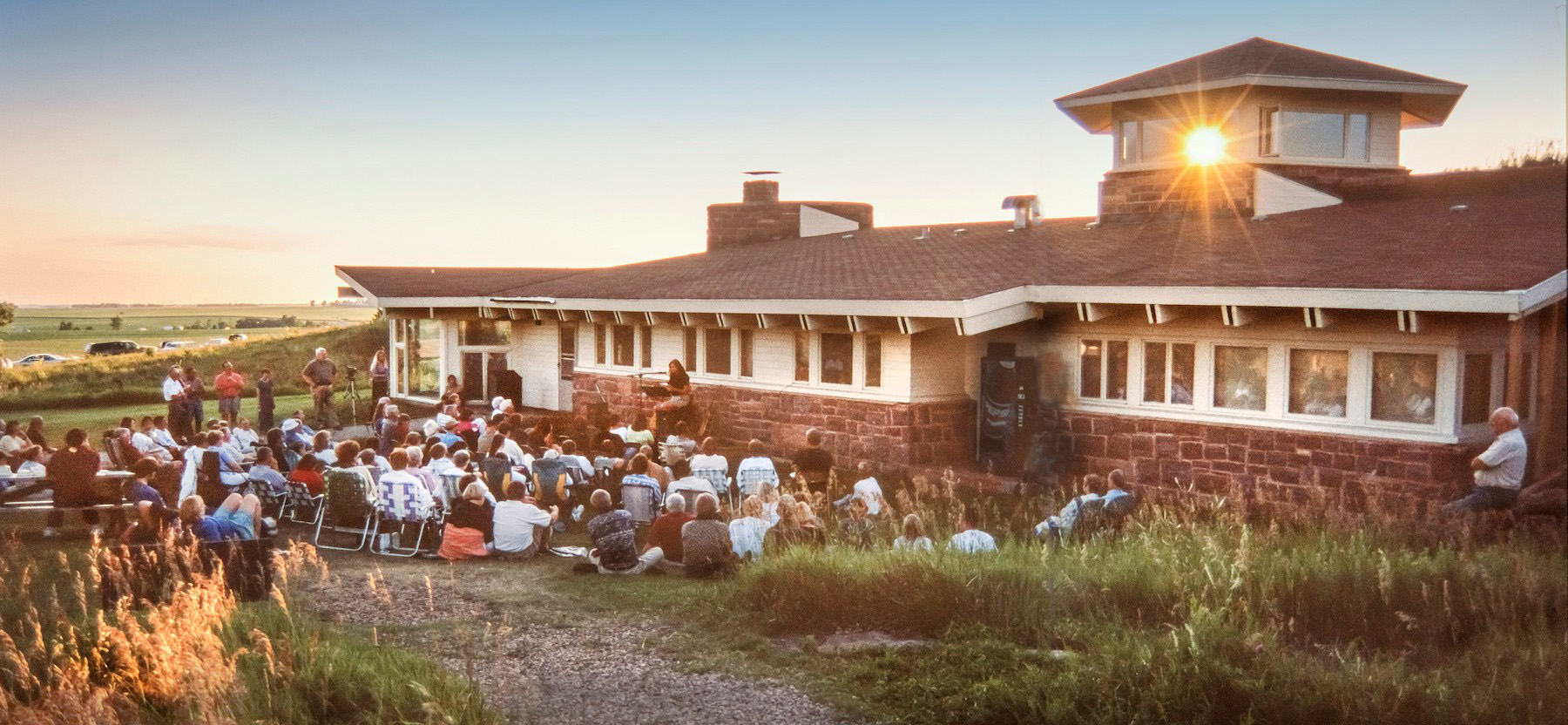 ,
, 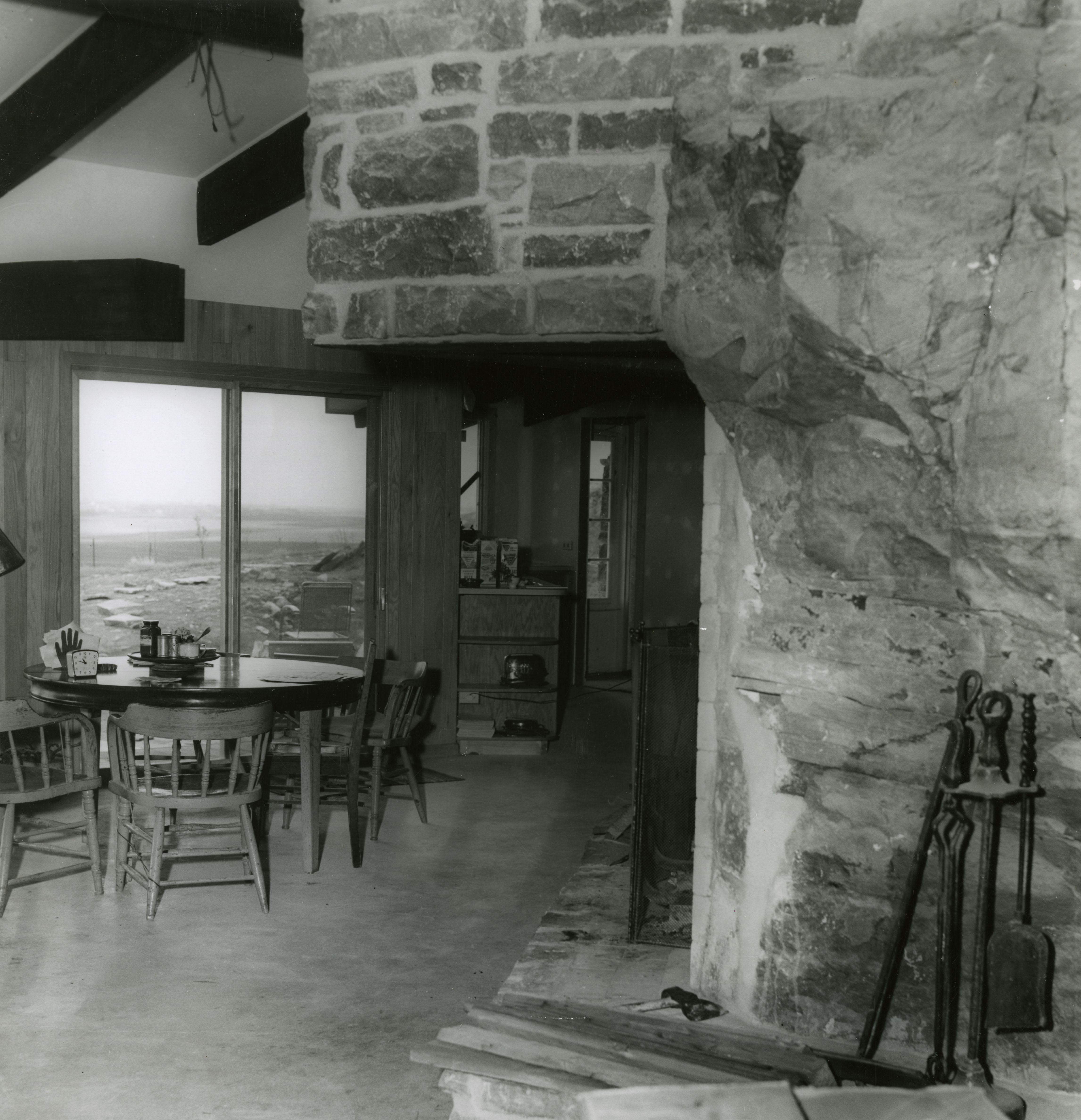 ,
, 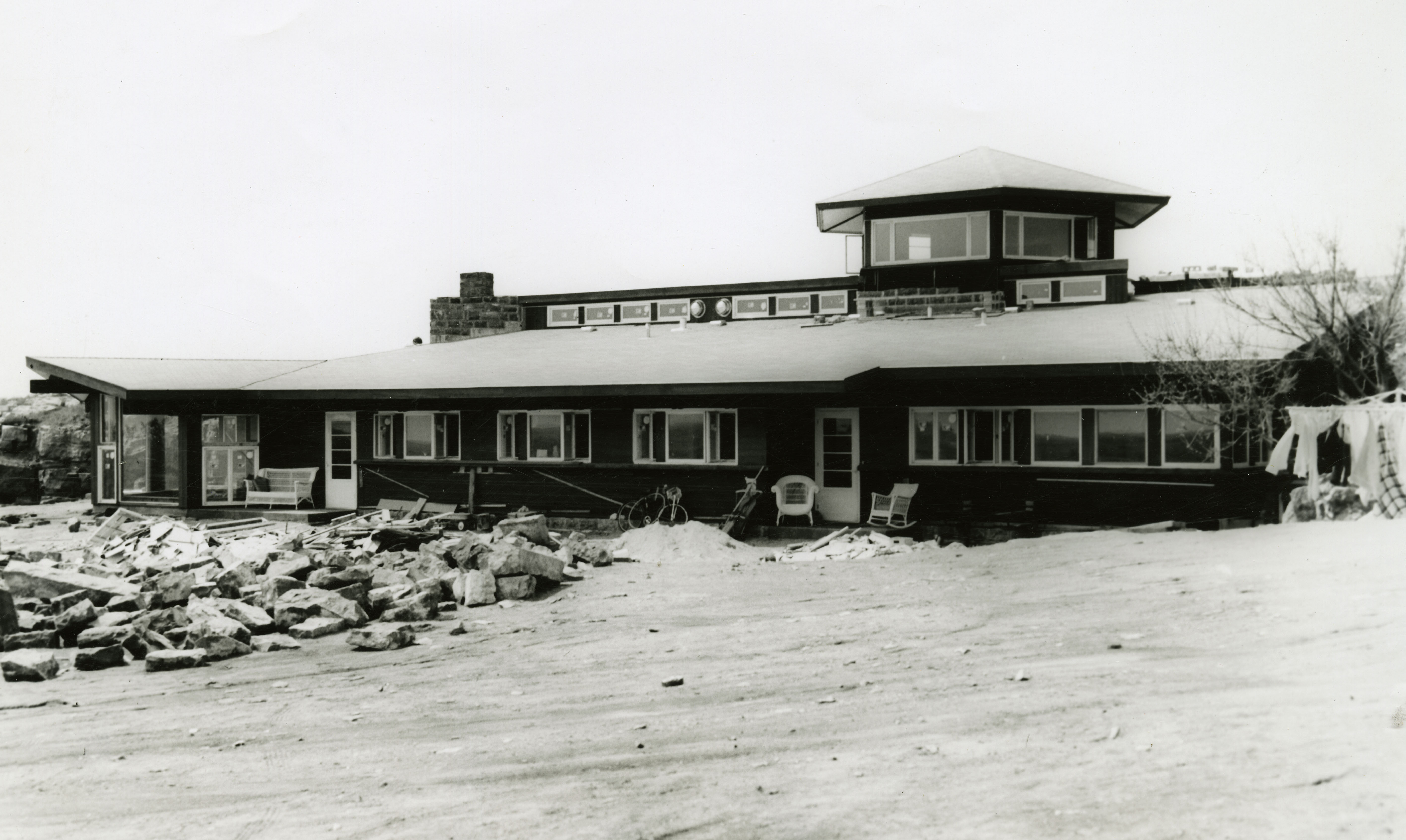 ,
, 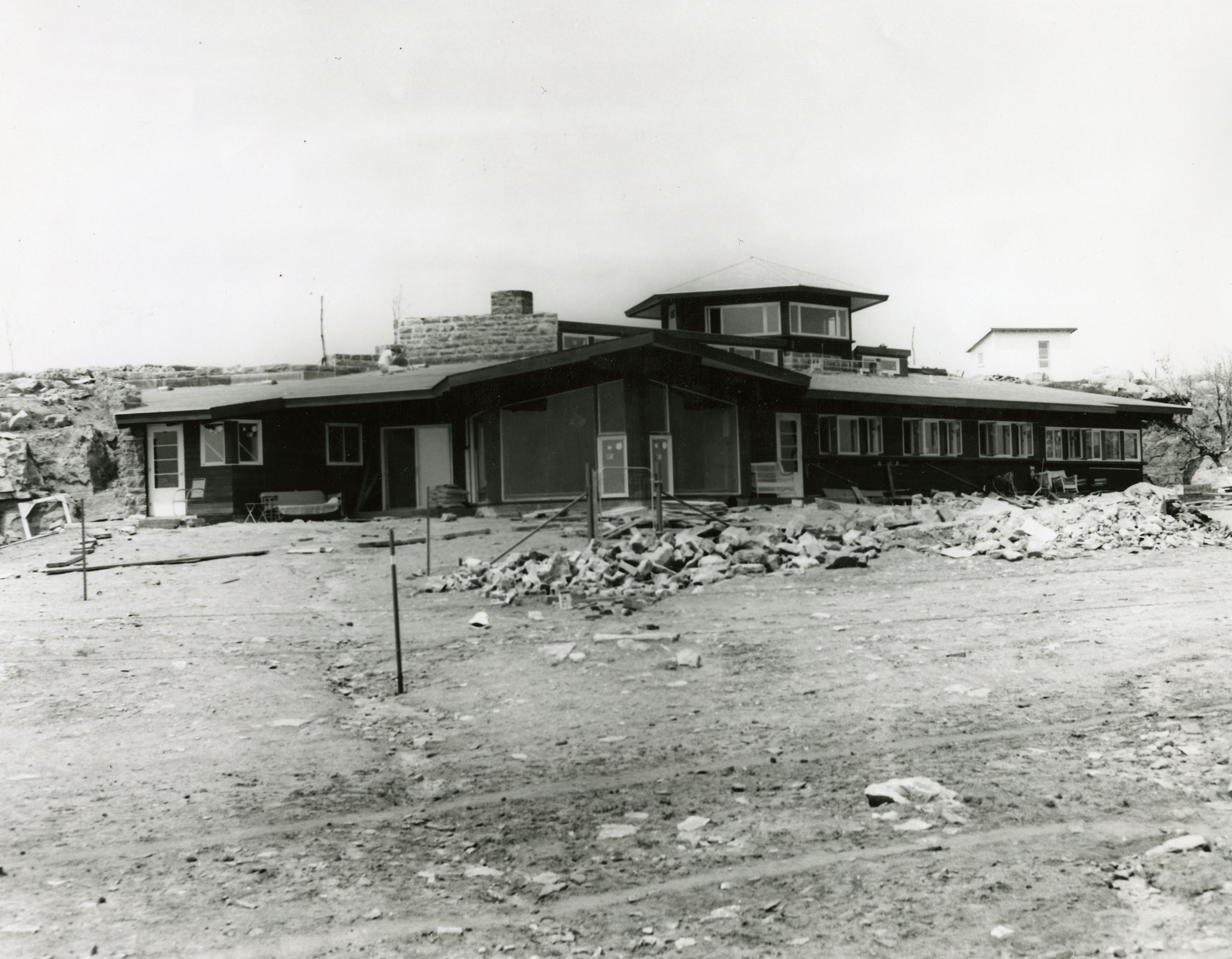 ,
, 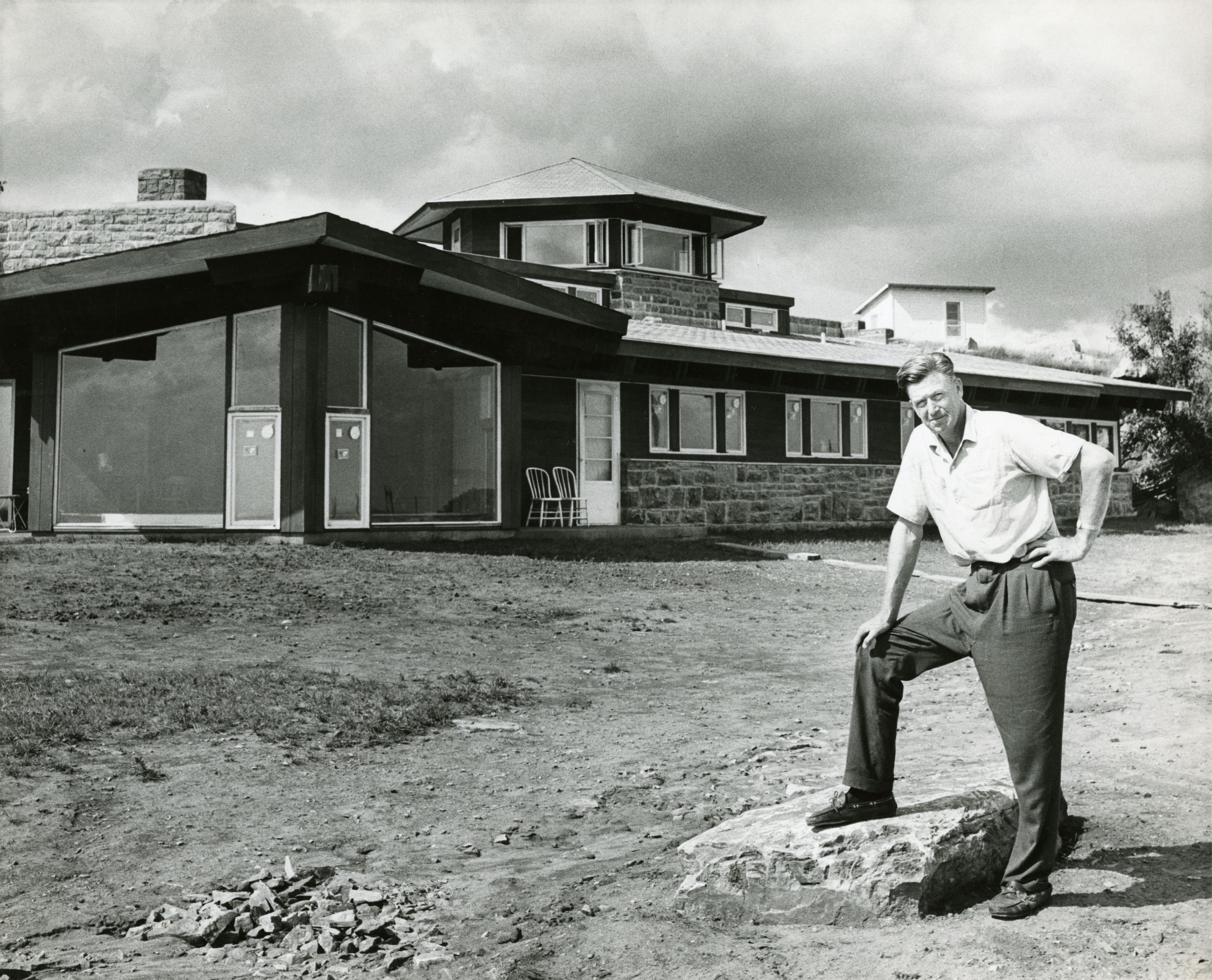 ,
, 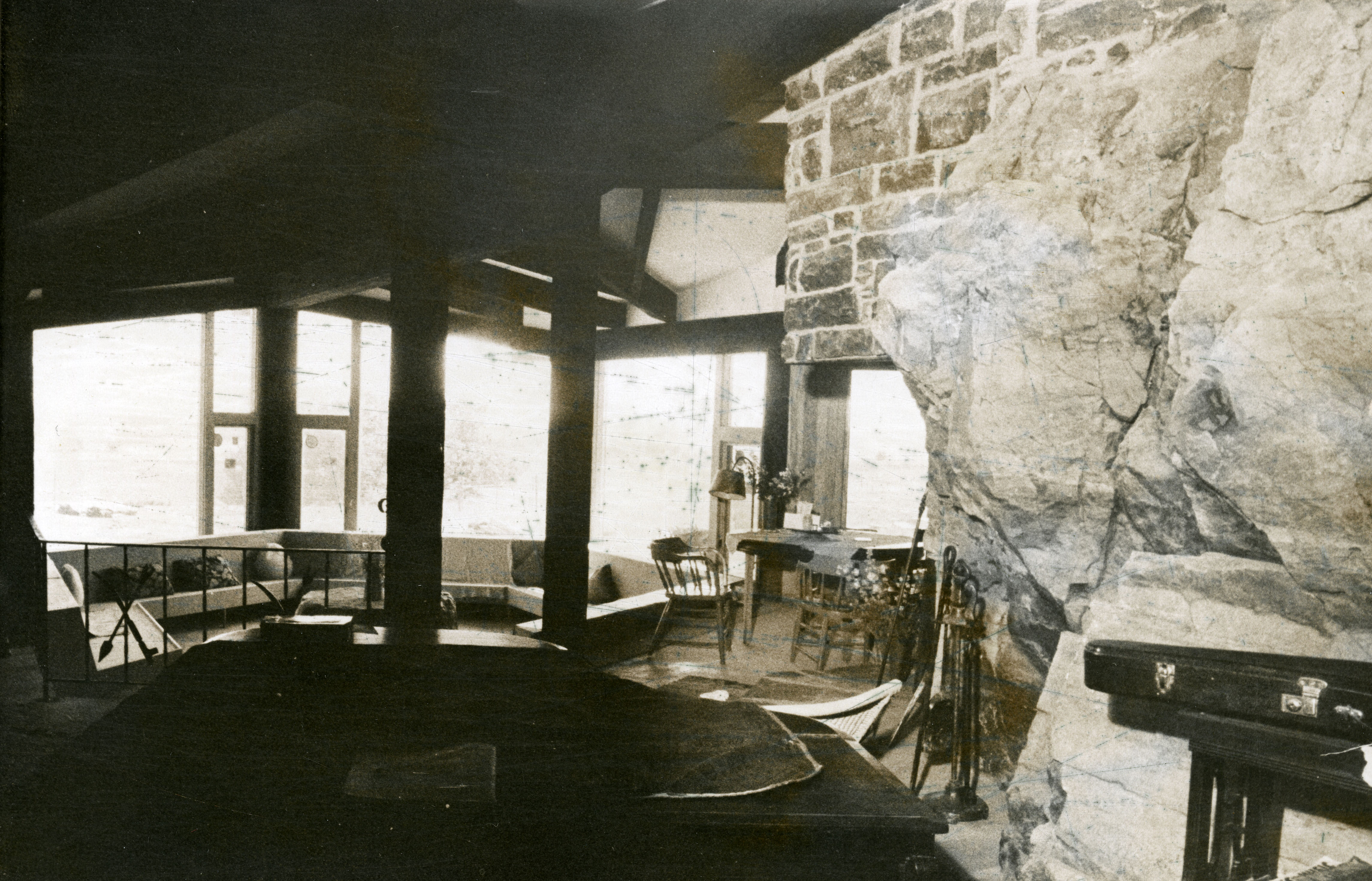 ,
, 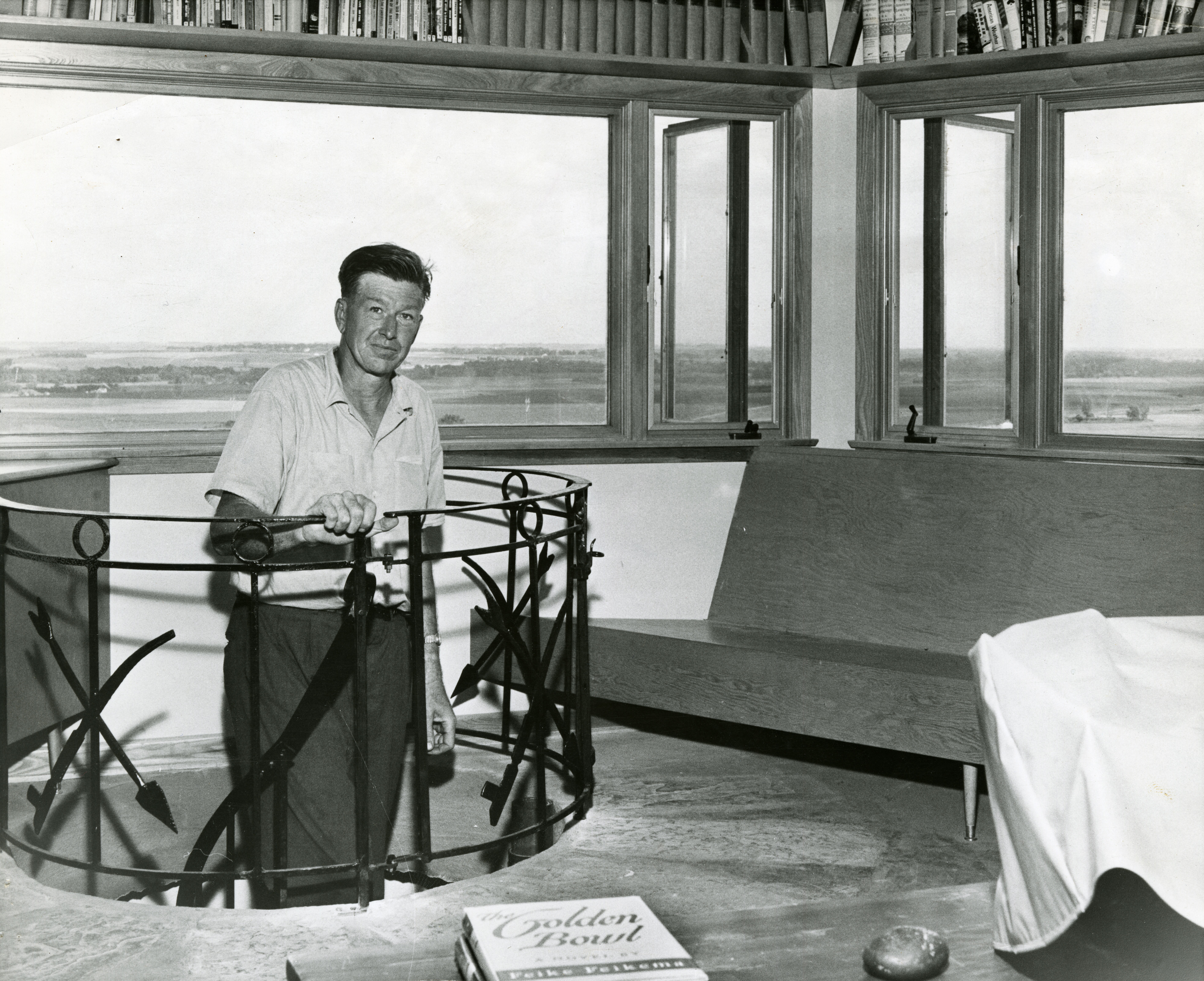 ,
, 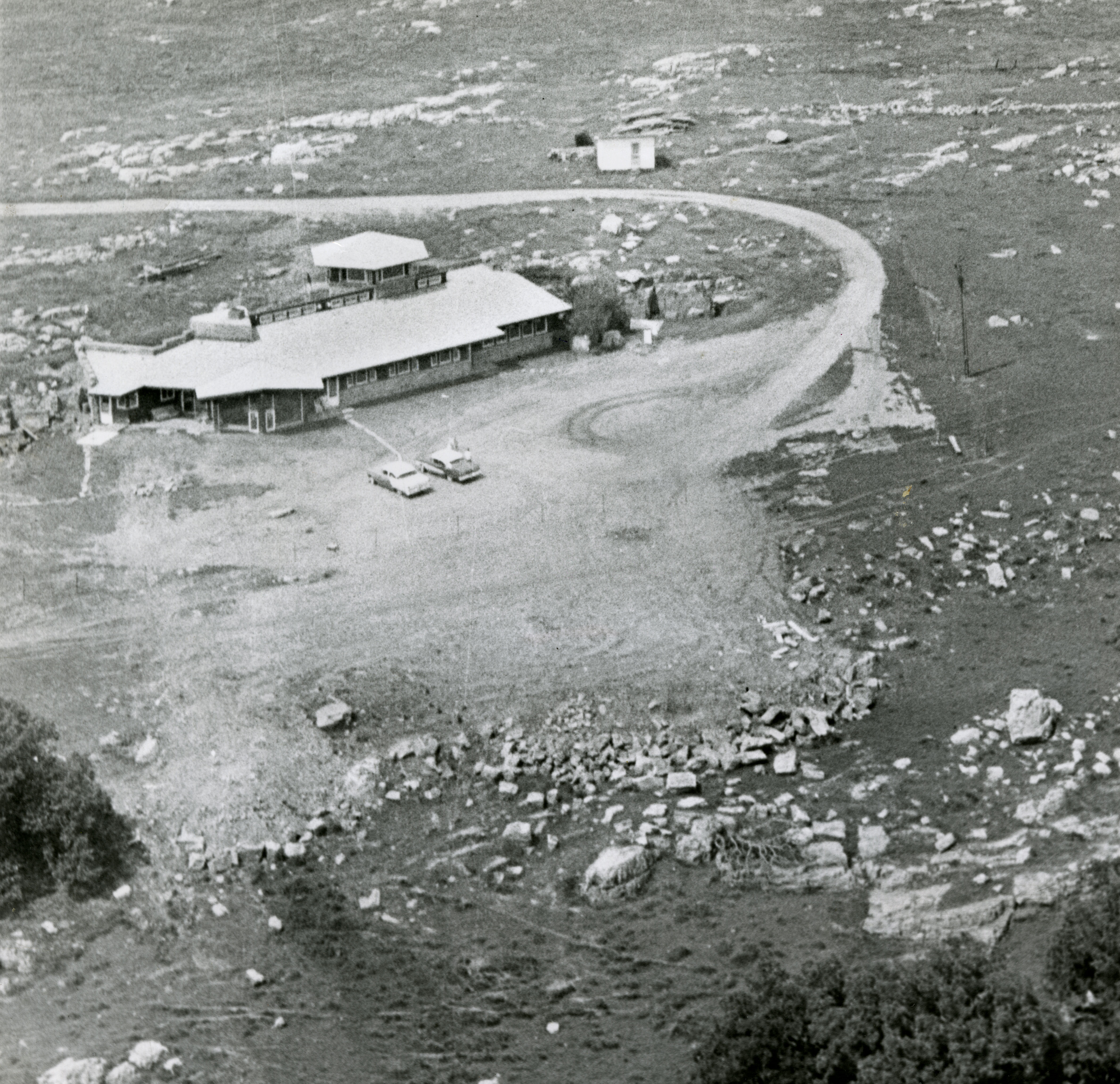
Members of the Save the Manfred House group are hoping to have the former interpretive center at the Blue Mounds State Park to be listed on the National Register of Historic Places
Their aim is to save the structure from the state’s plan to partially demolish the house, built in 1961 by the late Luverne author Fred Manfred.
The group hired Rolf Anderson, Minneapolis, who has an architecture degree and studies buildings for their historic value.
He concluded that it is eligible for the register under both literary and architectural criteria and submitted a formal nomination to the State Historic Preservation Review Board.
“Listing in the National Register of Historic Places recognizes properties important in our history and worthy of preservation,” Anderson said.
He explained that the National Register is a federal program, and the designation is honorific.
“However, in Minnesota, National Register properties that are publicly owned or are owned by non-profit entities qualify for Minnesota Historical and Cultural Heritage Grants, also known as Legacy Grants, which can provide funding for their rehabilitation and maintenance,” Anderson said.
“Once listed in the National Register, the Manfred House would be eligible for this funding.”
The state board will consider the nomination of the Manfred House at the Blue Mounds State Park to the National Register of Historic Places during a virtual meeting at 6 p.m. Tuesday, April 12.
A link to Anderson’s nomination of the Manfred House can be found at savethemanfredhouse.org.
A link to the April 12 meeting and instructions will be available on the State Review Board Meeting page, mn.gov/admin/shpo/registration/nrhp/review-board/meetings.
Written comments can be directed to Secretary, State Historic Preservation Review Board, SHPO, 50 Sherburne Ave., Suite 203, St. Paul, MN 55155.
Background
The state acquired the Manfred house in 1972 for use as an interpretive center, however moisture routinely seeped through the north wall of the home, built into the Sioux quartzite.
Water routinely flooded the lower level and created maintenance difficulties for park staff who annually ran a sump pump from the house.
The building remained a central gathering point for community author readings and live music, despite its doors being closed to the public.
In 2015 a primary support beam was found to be rotten from moisture, and mold had formed throughout the building, so DNR personnel began contemplating its future.
As part of an overall Blue Mounds State Park improvement plan, a local citizens’ advisory committee was formed to consider options in light of limited funds.
After several meetings, the consensus was that rebuilding the former Manfred home wasn’t a prudent investment.
However, the group insisted that portions of the building be salvaged as a historic reminder of Manfred’s literary and cultural contributions.
Early in 2019, the state sought bids from architects for trailhead development at the site that would make the area more functional while still honoring Manfred’s legacy.
Of eight architect firms that bid on the project, TKDA was chosen for having the best proposal for public consideration.
Save the Manfred House opposes all three proposals, demands structure be saved
While the DNR heard ample feedback in 2017 when the advisory groups were meeting, a survey in 2021 seeking feedback on the state’s plans showed 78 percent of the 542 respondents were against any demolition of the Manfred house.
This, according to the Save the Manfred House group, is another reason to consider saving the structure.
“Our interest is in seeing that the DNR's plans be suspended until a more thorough review can occur and all reasonable funding and preservation options can be considered fully,” the group states on its website.
Save the Manfred House was organized in late 2019 by the author’s daughter Freya Manfred, her husband Thomas Pope, and former Luverne resident Tom Brakke because they feared that the DNR would remove the house without fully exploring alternatives.
“We continue to encourage the DNR to rethink its decision to tear down the Manfred house,” Brakke said last month, also pointing out that DNR neglect contributed to the building’s condition.
“Losing that historical building without a proper review of all of the options would be a travesty. We are gratified that the survey conducted by the DNR shows that the public feels the same way.”
DNR defends process that involved ‘lengthy process of engagement of stakeholders’
In response to the group’s public outcry, DNR resource and asset manager Bob Welsh
reaffirms the state’s commitment to honoring Manfred with the new trailhead options.
“It is important to note for context that the Frederick Manfred House site is an important and valued area within Blue Mounds State Park,” Welsh writes. “It reflects the contributions of a famous American author to the community of Luverne, and his family’s legacy.”
And he also defends the process for arriving at the current proposals.
“The DNR has undertaken a lengthy process of engagement of stakeholders including a series of group meetings in the community to discuss a variety of issues pertaining to the park, including the Manfred house,” Welsh said.
“And there have been multiple communications with advocates for saving the Manfred house about the condition of the house and plans to redevelop the area into a trailhead dating back to at least 2019.”
Blue Mounds State Park manager Chris Ingebretsen also weighed in on the discussion last year.
“We understand the attachment that some people feel toward Frederick Manfred’s former home,” he said. “However, its very unique design made it susceptible to water intrusion, which severely compromised the building’s structural integrity over many years, to the point that restoration isn’t feasible.”


